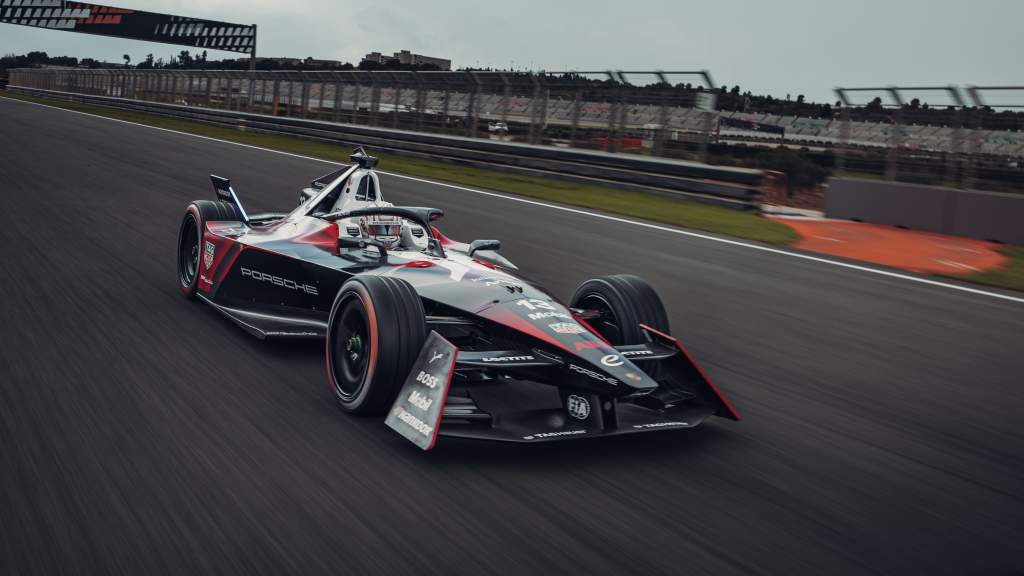For all the camaraderie of Formula E drivers, which includes the natural make-up of individual friendships and informal cliques, the competitive edges are almost as sharp as the new front endplates on the unsightly snouts of the Gen3 Formula E cars.
The drivers talk informally of how to drive these cars and of how to handle them. But not in too great a detail of course. A little powder has to be kept dry. Yet, some are more candid than others about how to get the best out of these new 350kW pocket rockets.
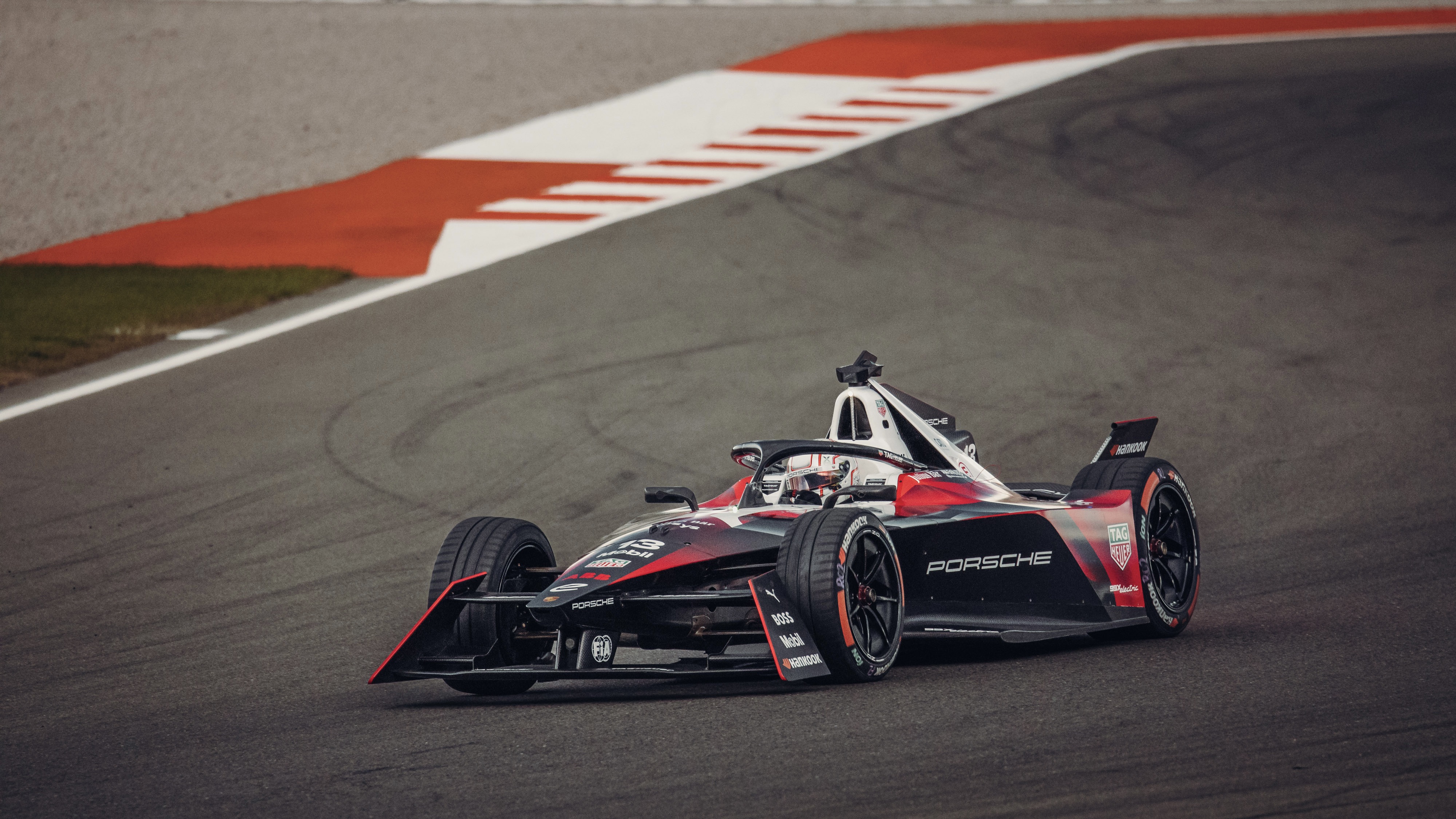
Antonio Felix da Costa, about to embark on his first race as a Porsche driver, is relaxed and vocal about its challenges.
In fact, he believes that the diversity of his career in recent seasons is helping him filter through the innumerable new sensations of the latest all-electric racer.
Da Costa has had a remarkably varied career to date for someone who has yet to turn 32.
GP3, F3, GP2, World Series, LMP2, GT3, F1, DTM, LMGTE, Stock Cars, Formula E and presumably soon to be LMDh. That’s a whole lot of data gathering.
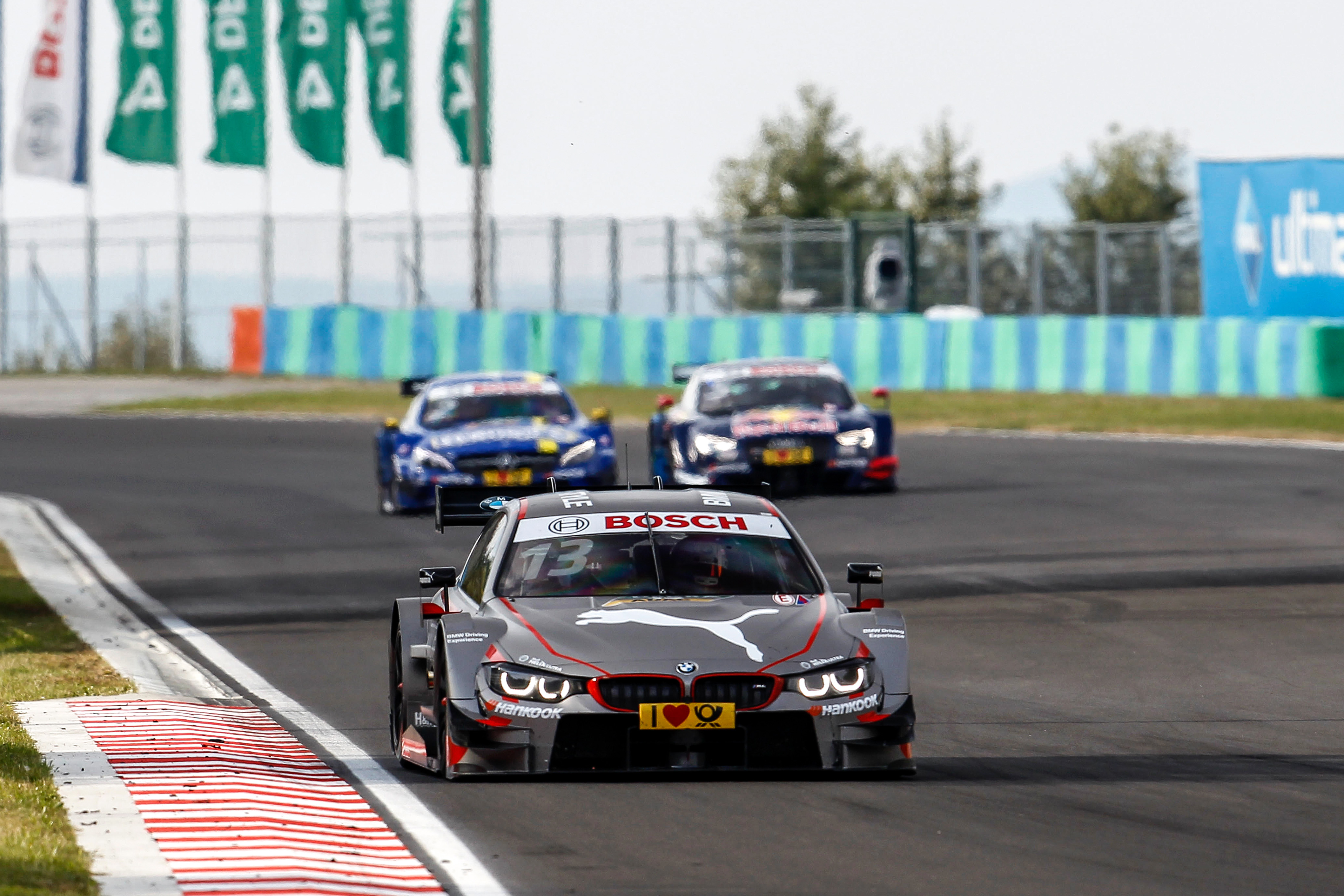
Then there is messing about in mad grass tracking monsters at his place near Cascais. The Instagram updates of his and friends’ antics leave no doubt to their fun.
“I’m someone who loves to brake late and throw a lot of speed into the corners,” the 2019-20 Formula E champion tells The Race.
“At the moment with this car, that’s not really working. So, I’ve had to keep an open mind.”
Porsche’s pace at the Valencia test was rather underwhelming all in all. Don’t let that deceive you though because it’s there – the world just hasn’t seen it yet.
Da Costa won’t lean super-heavily on his multifaceted racing education but it will help him inform some of the changes needed to drive the more powerful and lighter Gen3 cars.
“I can tell you now, I like to drive a lot of different cars in a single season,” he says.
“I think the last few years, I’ve done at least three, if not four or five. I remember 2016 when I was doing formerly DTM, a bit of endurance, then I did F3 in Macau and Brazilian Stock Cars.
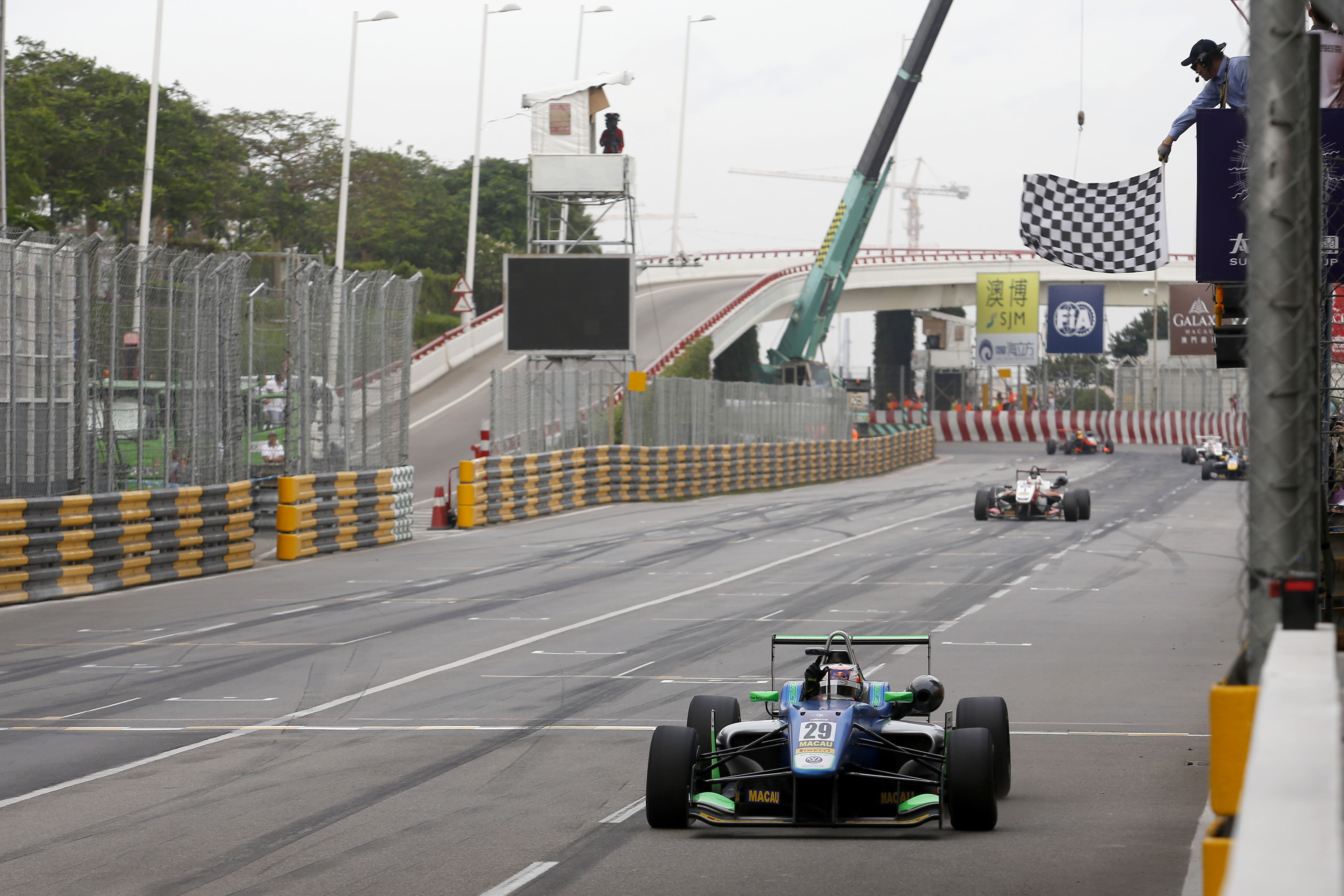
“I drove five different cars, and I won races in all of them. That helps me now when they tell me ‘look, don’t drive like this, drive like that’.
“I can quickly try it. I don’t say that I master it straight away but I know exactly what they’re asking of me.
“So, I think driving different cars opens my view to what driving styles are out there. I’ve been pretty open to that, and I keep asking the team to keep coaching me, keep showing me what you believe is the fastest way.”
That’s all part of the of the process for da Costa. It’s one that has enabled him to come to certain conclusions, like that no matter which way he drives, getting a perfect balance in a Formula E car, given it tends to race on some gnarly circuits, is almost impossible. Yes, he could make it better or worse, but the issues would fundamentally still be there in some capacity. It’s what you might call a ‘drive to thrive’ method.
It will translate too to the fact that races this season will be run to laps instead of the 45-minutes-and-one-lap format. The old system led to unnecessary confusion for TV viewers and the return to laps is seen as bringing greater freedoms from a strategy perspective.
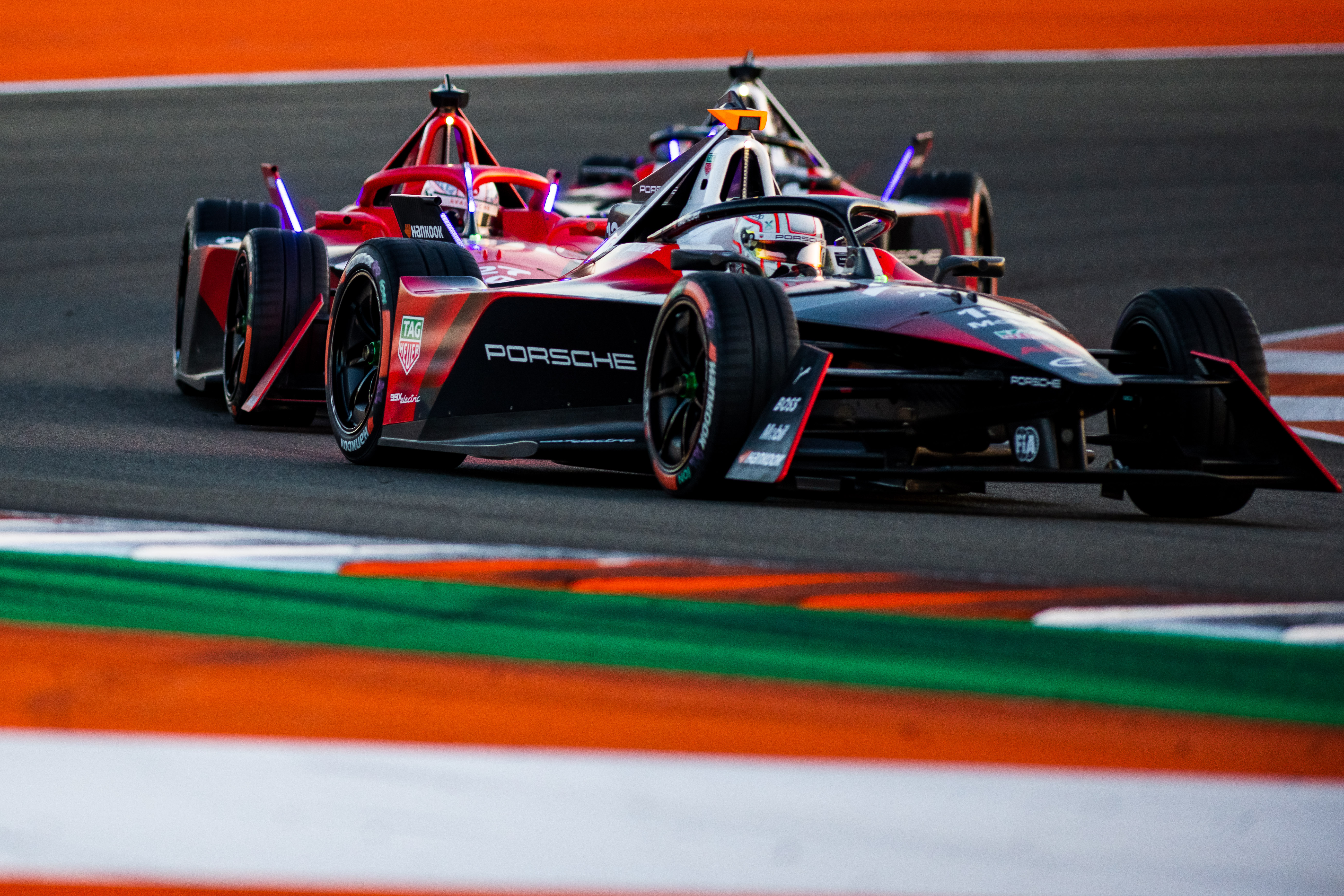
The early signs though were not so great at the Valencia test when the race was clearly at least two laps short to ensure adequate energy-saving. This is crucial because it dictates whether or not drivers and teams will be able to express their strategies or just drive flat out – and thus create either a ‘peloton-drone’ of a race or a multi-overtaking high-speed chess match.
“In Formula E we have a great capability to keep an open mind and change things quickly, to improve our raceability and all that,” says da Costa.
“The racing exercise [in Valencia] was too short. Overtaking was limited. So, if we bring this percentage of saving to a city track, the overtaking will be even less.
“We are all aware that the important thing for us is raceability, giving the fans a good show. I think it was super important to do that exercise because we now understand that we can increase the lifting percentage or the saving energy percentage that we’re doing.”
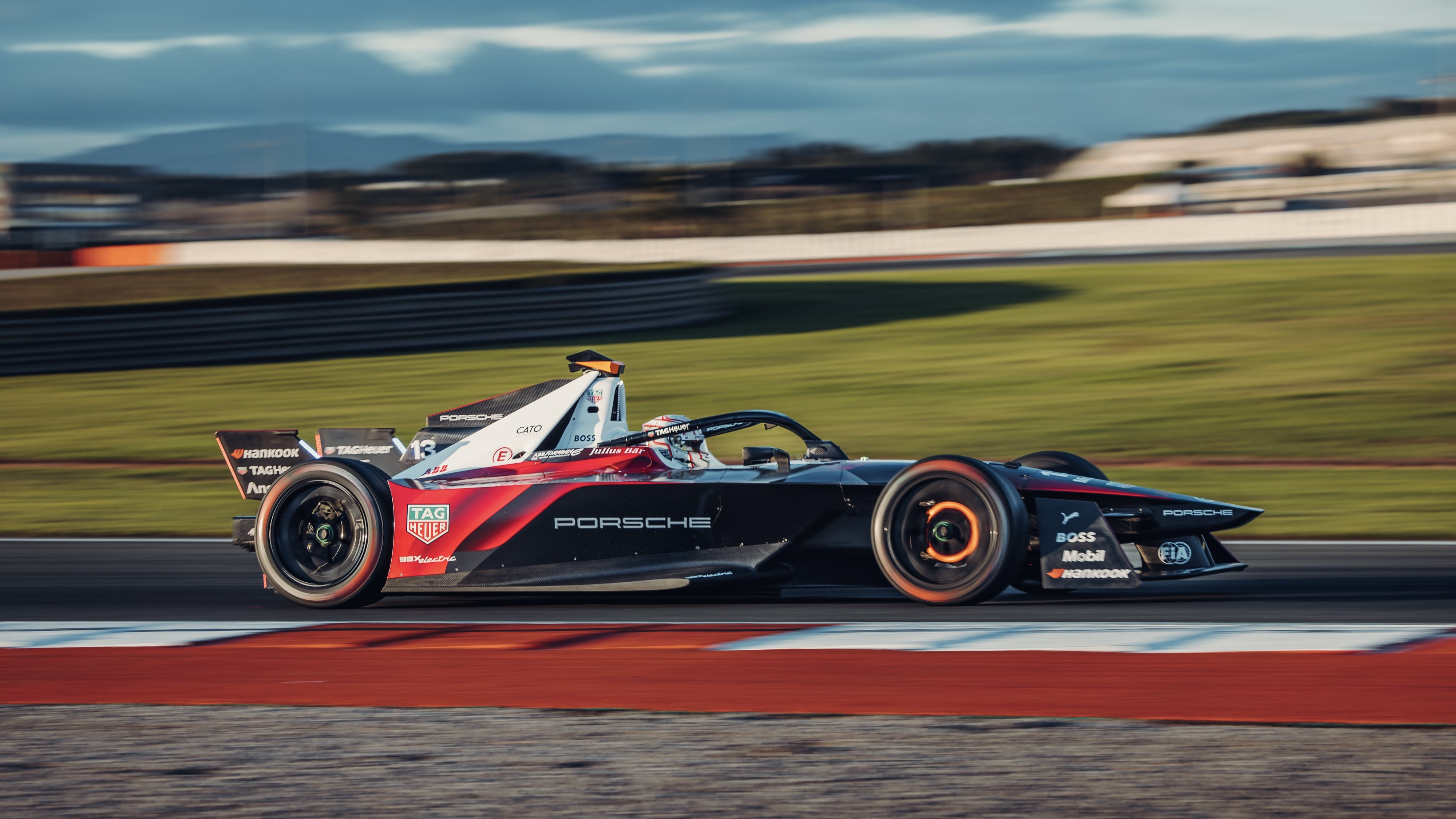
Da Costa is right on this. The races need to be a bit longer and harder on energy in order to provoke the overtaking. That’s essentially the core formula that’s part of the message to work with the range of the cars and to maximise and showcase their efficiency.
That doesn’t mean dull racing, far from it. Gen3 cars will look much more of a handful in certain parts of a race weekend and according to da Costa “it’s going to be a lot harder, as you know, to put traction down”.
“The lockups with the brake-by-wire will mean it’s super easy for us to occasionally lock up a front tyre and because we’re driving so much faster now, the front lockup really affect you and can actually cause a crash.
“We’re going to have a lot of unknowns and more exciting moments happening.
“I’m actually looking forward to it. It’s a lot harder in the car, it wasn’t easy before, now it’s even harder. So, I think for the fans watching at home is going to be nice.”


